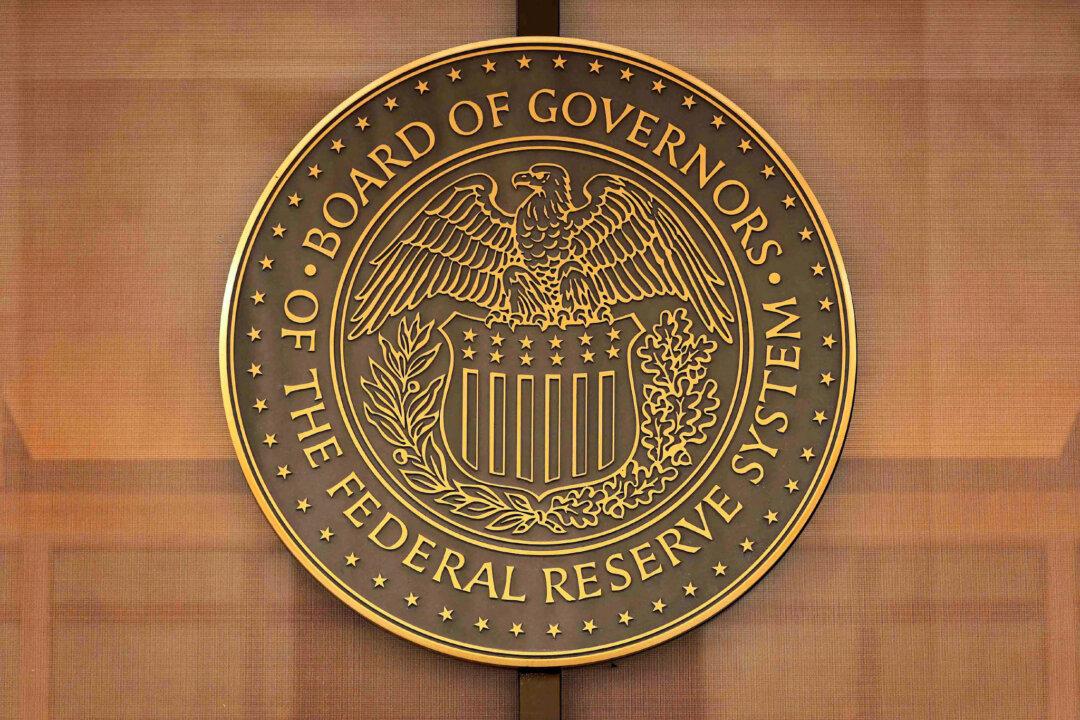U.S.-based banks suffered losses in a hypothetical economic downturn under the Federal Reserve’s 2024 stress tests, but the banks managed to retain minimum capital requirements, and were “well positioned to weather a severe recession.”
Stress tests are regular analysis conducted to determine whether banks have enough capital to withstand negative economic situations. In this year’s test, the Fed assessed how 31 banks would perform when faced with tough conditions like a severe global recession, a 40 percent decline in commercial real estate, a 36 percent fall in house prices, a substantial fall in office vacancies, and a 10 percent unemployment rate.





